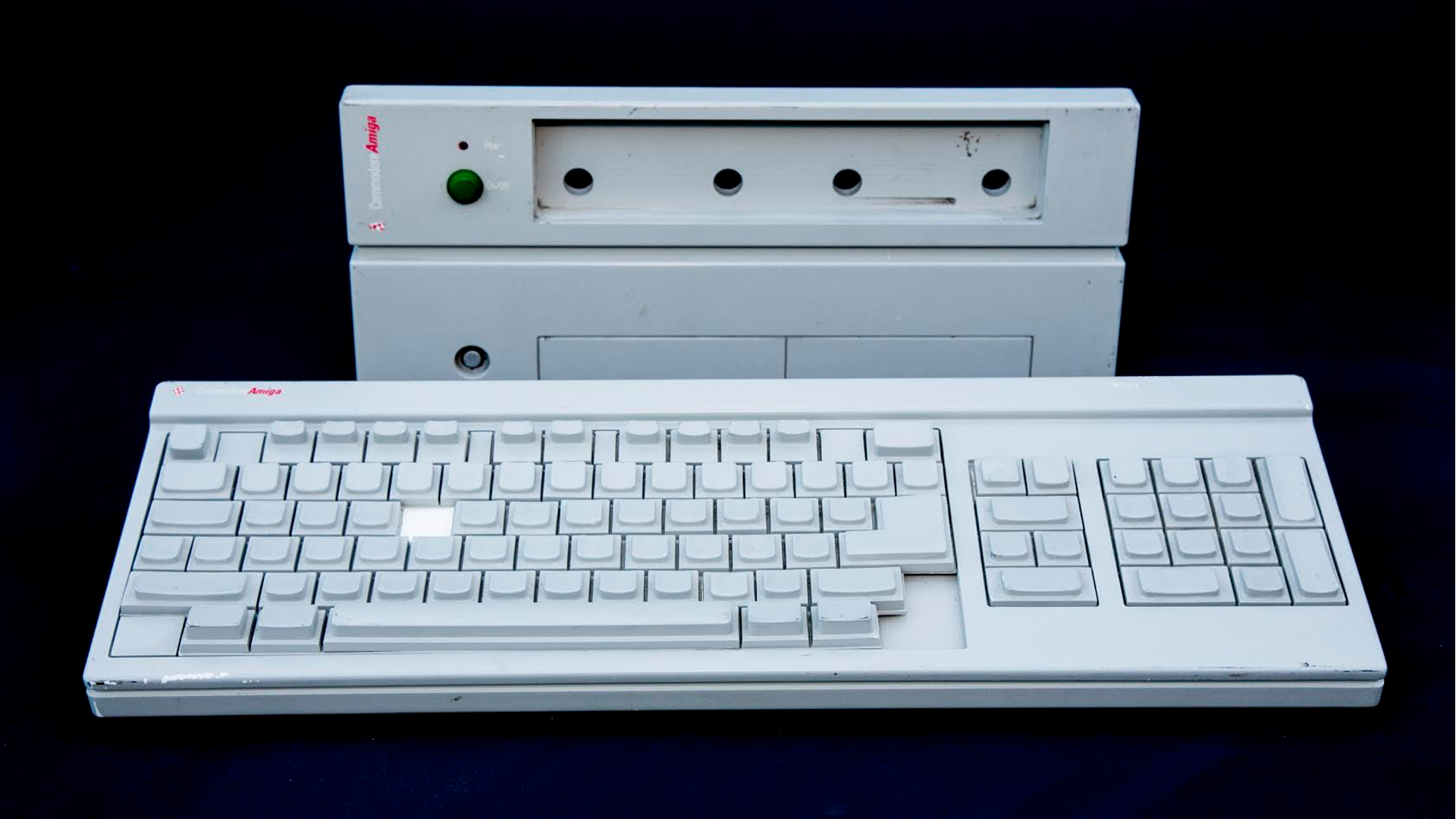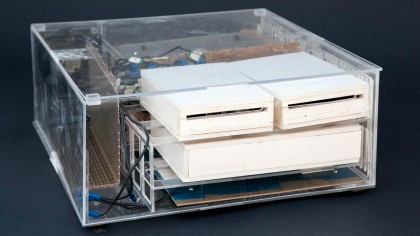Commodore exhibition to show off rare Amiga prototypes
Silicon Valley to remember the classic computer

An event celebrating the Amiga's 30th birthday is gearing up to show off rare prototype versions of Commodore's iconic computer over the weekend.
Hosted at Silicon Valley's Computer History Museum, the "Amiga is 30" exhibition will feature the Ranger - Commodore West's follow-on to the A1000 - alongside Amiga Lorraine Prototype wirewrap boards.
Commodore released three generations of Amiga systems, including the popular Amiga 500 in 1987, before the company's demise in 1994. The A1000, which was launched in 1985, was hailed for its multi-tasking capabilities and became popular with anyone from gamers to graphics artists, animators, musicians and writers.
Taking place on July 25 and July 26, the Amiga is 30 exhibition, which is open to the public, is set to take Amiga fans on a trip down memory lane. Featuring collections of Commodore, Apple and Atari products and a games zone, it will also play host to speakers from Amiga's gamut of history.
TechRadar spoke to Bill Borsari, Amiga enthusiast and one of the organisers of the event, to find out more. Check back on July 23 to see a selection of prototype systems here on TechRadar, alongside other coverage celebrating the Amiga's milestone.
TechRadar: Why did you choose the Amiga's 30th anniversary year for this event?
Bill Borsari: I looked around and realised if I didn't do it, it wasn't going to happen. I had a vision in my head of it being at the Computer History Museum in Mountain View, which has hosted the Commodore 64, Apple Macintosh, and the Photoshop 25th anniversary in the past. It's a very marquee location – there's no better place in my mind to honour the contribution the Amiga has made to the world of computing and technology.
Sign up to the TechRadar Pro newsletter to get all the top news, opinion, features and guidance your business needs to succeed!
TR: What drives your passion for the Amiga?
BB: One of the main drivers for me is introducing people to Amiga technology – to people who know about it, love it, but maybe forgot about it. At the same time they can show their kids. The guys who built this tech can show others what it's all about, and it gives them pride in their work.
One of my other personal goals is to promote the Amiga as it is today. It's a small market – there's a number of what we'd call next generation efforts, which includes the Amiga OS4 from Hyperion, the MorphOS effort, and the AerosOS effort. I wanted to represent those platforms as part of the Amiga's history.
TR: What levels of interest has the event generated?
BB: People who know the Amiga are tickled, thrilled for the event – they can't wait. The word has been getting out there to people who worked on the Commodore Amiga, and those who worked on it before it was Commodore. The list of speakers has evolved too.
One of the most exciting for me is Bill Hart. He was the Amiga's first salvation, shall we say. He came in and invested in the Amiga to continue it when money was running out. That's all I know – I'm very interested to hear him speak at the banquet on Saturday because these Amiga guys don't often talk about what went on.
There's no massive forum, and the Amiga isn't marquee computer history where they can sell memoirs on it. All of the stories are going to be what people have done with the Commodore, or the Amiga, and also what they've done since.

TR: What Amiga systems will you have on show at the event?
BB: We have some prototype Amiga systems at the show, which is being made possible through Dale Luck. Dale is a tremendous guy who was brought into Amiga to work on the graphics subsystem software in the beginning of the Amiga. He has a real passion for technology and the history of technology.
Dale has two hobbies: one is the Amiga side and collecting Amiga stuff, and the other is that he's a major force in the arcade space. This weekend they had an event called California Extreme, featuring maybe 20 or 30 of his fully-sized, fully-functional pinball machines out of the 180 machines there.
Dale's always trying to find the super rare things that need to be restored. For the Amiga he has become to keeper of the artifacts. For the event he pulled out the prototype of the Ranger, which was Commodore West's follow-on to the A1000. They were working on that before Commodore decided to go with the Amiga 2000 design out of Commodore Germany.
Amiga designer Dave Needle was telling us stories about lighting incense to watch the flow of air through the Ranger's chassis to determine whether or not it would have the right thermal properties. The Ranger prototype we have is a thermal mock-ups with a clear case and stuck some cards in there to generate heat so that they could understand what that would look like.
He also has the Ranger keyboard and front panel mock-up. We noticed that the keyboard had volume knob on the back. Thinking about the process of pushing those controls onto the keyboard in 1987 – those things didn't start showing up until much later in the PC world.
He also has the Wire Wrap systems, the War and Peace, and what is called Lorraine, a set of boards that they showed at CES. Dale even has the original boxes used to ship those machines with Joe Pillow. He has a ton of these systems and we are planning on having them at the event. Joe will be there too.
